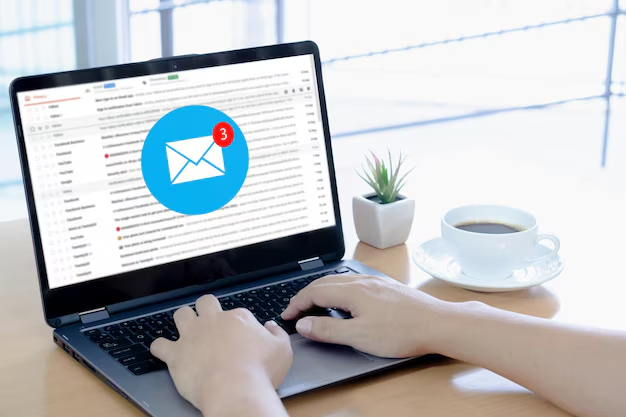How to Address Letters and Packages to an Apartment: Clear & Easy Guide
Sending mail and packages has become an integral part of modern life, whether it’s personal correspondence or online shopping deliveries. With the rise of apartment living, knowing exactly how to correctly address correspondence is crucial to ensure prompt and accurate delivery. Let’s delve into how to properly write and address something with an apartment number.
Key Tips for Addressing with an Apartment Number
1. Use a Consistent Format:
When addressing letters or packages to an apartment, consistency is key. The standard format usually looks like this:
- Recipient's Name
- Street Address (include apartment or unit number)
- City, State, ZIP Code
For example:
Jane Doe
123 Main Street, Apt. 4B
New York, NY 10001
2. Include All Necessary Information:
Ensure that you add any essential details. If the apartment complex has building identifiers, include them to help postal workers make speedy deliveries. For instance:
John Smith
789 South Ave, Building 2, Unit 16
Chicago, IL 60616
3. Abbreviate Wisely:
Use common abbreviations to save space and meet postal guidelines:
- Apt. = Apartment
- Unit = Unit
- Bldg = Building
- St = Street
- Ave = Avenue
4. Use Clear Writing:
If you’re handwriting the address, ensure it is legible. Print clearly and use black or blue ink.
5. Double-check for Accuracy:
Before sending, double-check for any typos or missing information. Errors could delay delivery or result in a return by the postal service.
Addressing letters and packages accurately not only ensures recipients get their mail timely, but it also helps the postal service maintain efficiency. But what if your situation requires additional financial aid or support to handle mailing costs or other related expenses?
Exploring Financial and Educational Assistance
If you're navigating more challenging financial currents, there’s relief and resources available to help you sail a bit smoother.
Government Aid Programs
Programs exist to assist with basic living costs, including potential savings on mail and shipping expenses:
- Supplemental Nutrition Assistance Program (SNAP): Helps with grocery expenses, freeing up funds for other necessities, like shipping costs.
- Low Income Home Energy Assistance Program (LIHEAP): Assists with utility bills.
Debt Relief Options
With financial burdens, exploring debt relief can provide breathing room:
- Debt Consolidation Loans: Help manage multiple debts under a single payment, simplifying financial management.
- Credit Counseling: Offers guidance on budgeting and debt repayment strategies.
Credit Card Solutions
Managing credit wisely can buffer against financial strain:
- Zero-APR Introductory Credit Cards: Beneficial for transfers and purchases if used within the introductory period to avoid interest.
- Rewards Cards: By earning points or cashback on every purchase, you may offset some of your everyday expenses.
Educational Grants
Lifelong learning can elevate your earning potential:
- Pell Grants and Scholarships: Government and private organizations offer these to eligible students, reducing reliance on loans.
Quick Reference Guide ✉️📚💡
- 📢 SNAP and LIHEAP for basic needs assistance
- 💳 Debt Consolidation and Credit Counseling for debt relief
- 🏦 Zero-APR and Rewards Cards for credit solutions
- 🎓 Pell Grants and Scholarships for educational advancement
Remember, ensuring your mail is correctly addressed is just one step. For those needing a bit more financial support, numerous programs can provide a significant boost downstream. Whether tackling routine expenses or planning personal development, the resources exist to support your journey. Engage with them wisely and feel empowered to enhance your personal and financial well-being.
